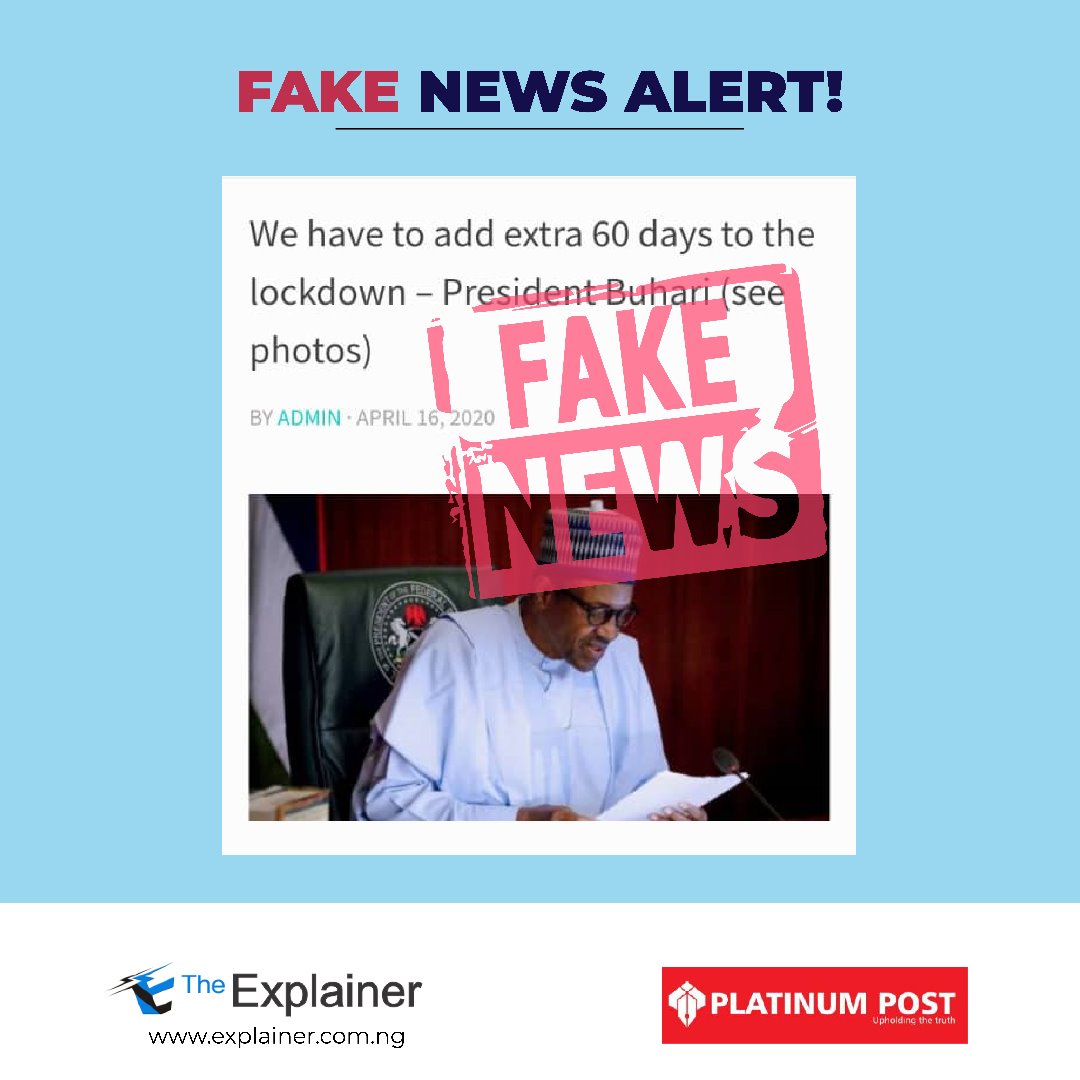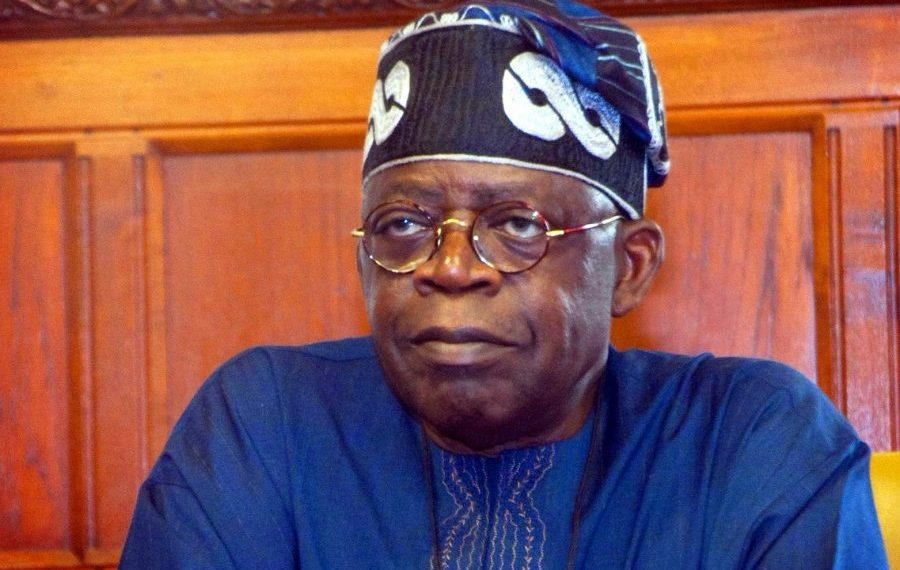“We have all lied; we have all been lied to; it is human nature to lie; but what if lies become life threatening? Would you be able to identify dangerous lies?”
The Context:
I begin with the quote above, which I took from the opening lines of the advert, or promotion of an investigative series, titled ‘Where Murder Lies’ on Investigation Discovery. I am using it not only because I found it very intriguing, but also because it speaks to the issues of, and concerns with fake news and disinformation.
Globally, and nationally, the twin phenomena of Fake News and Disinformation have become so much of a serious and insidious problem as to trigger a crisis of confidence in facts as well as in in evidence, and ultimately in society and its institutions. The situation is so bad that the more illogical the narrative, the more believable it is to a gullible, and uncritical audience. It is as if fantasy land has become a place of refuge, to escape the harsh realities of existing hardships and chaos.
In particular Fake News and Disinformation are assuming a dimension where they are increasingly becoming catastrophically disruptive of social cohesion in general, and politics and the polity in particular. The end result is that ultra-right, and extreme right wing conservative forces, have become, and are becoming the utmost beneficiaries of this deliberate distorting of truths, bending of facts, and the deliberate fabrication and dissemination of pseudo narratives about society and social relations and socioeconomic processes in society.
What Is Fake News?
So, what is Fake News? Fake news is false or misleading information presented as news. Fake news often has the aim of damaging the reputation of a person or entity, and or making money through advertising revenue.
Although false news has always been spread throughout history, the term “fake news” was first used in the 1890s when sensational reports in newspapers were common.
Fake News are stories that are false and deliberately constructed to misinform or deceive people. They are not based on verifiable facts, but are produced and distributed as part of propaganda effort to distort reality for a specific purpose. [Prof Jibrin Ibrahim 2021].
The importance of the phenomenon of fake news lies in the fact that it represents the transition from a world in which the search for truth is an important value, to one in which the only important value is the ability to manipulate to create particular alternative realities.
Fake news has the tendency to become viral among the public. And with the presence of social media platforms like Twitter, it becomes easier for false information to diffuse quickly.
From the foregoing, it can be seen that the capacity to fabricate false narratives, and the ability of these concocted narratives to spread quickly, has always been a function of the character and nature of available technology.
What Is Disinformation?
What then is Disinformation? Disinformation is false information that is deliberately created, or fabricated, and intentionally spread and disseminated to deceive, to confuse, and to cause harm.
According to research on disinformation by CDD, published in February 2020; “Disinformation, which differs from misinformation in its deliberate intent to mislead, has always been a feature of Nigeria’s social and political landscape. What is new is the spread and format of content which can be shared amongst Nigeria’s growing numbers of social media and internet users.
Furthermore, the research showed that disinformation is most effective when it draws on existing narratives and contexts to sharpen existing social and religious divides.
The research found that the volume of disinformation now circulating in Nigeria is unprecedented and is further exacerbating pre-existing ethnic and religious tensions.
Understanding The Threat
We can all possibly agree that the threat posed by disinformation has increased tremendously, with the 2023 general elections being the election cycle most negatively impacted by disinformation since the 1999 return to civil rule and the inauguration of Nigeria’s 4th Republic.
It seems also that the present insidious and endemic nature of disinformation in the political arena and within the civic space can be attributed in large part, to the intrusion of market relations and processes from the economic sphere into the political sphere, through the increasing role of Public Relations firms and Lobby Groups in politics and political processes, along with the accessibility and speed afforded by technology through the internet, social media and digital platforms.
Over the last few decades, there has been an increasing tendency on the part of major political parties to outsource political messaging, and campaign messaging and communications, in particular to public relations firms, who simply deploy marketing and product advertising mechanisms to sell the messages of political parties and politicians to the public.
Fact bending, Truth morphing, and narrative embellishment in order to promote a certain product, good or service, has for centuries been accepted as integral part of marketing and advertising. What this has done s to enable the development of a culture of acceptance and tolerance to these practices; which now seems to be overwhelming the political space.
The intrusion of these practices into politics and political processes, in particular with the production, distribution and promotion of highly competitive and mutually antagonistic messages and narratives, with scant respect for facts or truth, has had the unintended outcome of overheating the civic space and posing serious threats to Freedoms of Association, Assembly, and Expression, not just from the state and its institutions, but also increasingly from non-state actors and entities as well.
The success of this intrusion is aided and facilitated by presence of the internet, availability of digital social media platforms, and the widespread gullibility of the majority of the populace. The endemic nature of gullibility in the population is itself a product of the decline in the quality of accessible education, and the social media aided massive reduction in the attention span of users, which leads to the discouragement depth in the quest for, and in accessing knowledge.
To Conclude
We can conclude by stating that the pervasive and insidious nature and character of disinformation, is enabled by a combination of factors. And while pervasiveness and insidiousness may seem to be opposites, in this context they represent a dialectical contradiction; pervasive because the unwelcome influence is spreading quite rapidly and quickly; and insidious because the threat posed is proceeding in very gradual, and subtle ways, but with very harmful effects.
We can summarize the combination of factors to include the following; The precipitous decline in access to, and the quality of education; the erosion of the capacity for critical thinking and reflection; and the consequent pervasive gullibility of the general populace.
These have then been aided and abetted by the intrusion of the market into the polity, through the deployment of product marketing and advertising mechanisms and principles into the creation, packaging and dissemination of political messages and communications with the citizenry; with resultant disregard for accuracy of facts, and or the truth.
The ubiquitous presence of the internet and the social media and the digital platforms this technology has enabled, completes the triad of combination of factors driving the disinformation pandemic that we are currently facing.


























